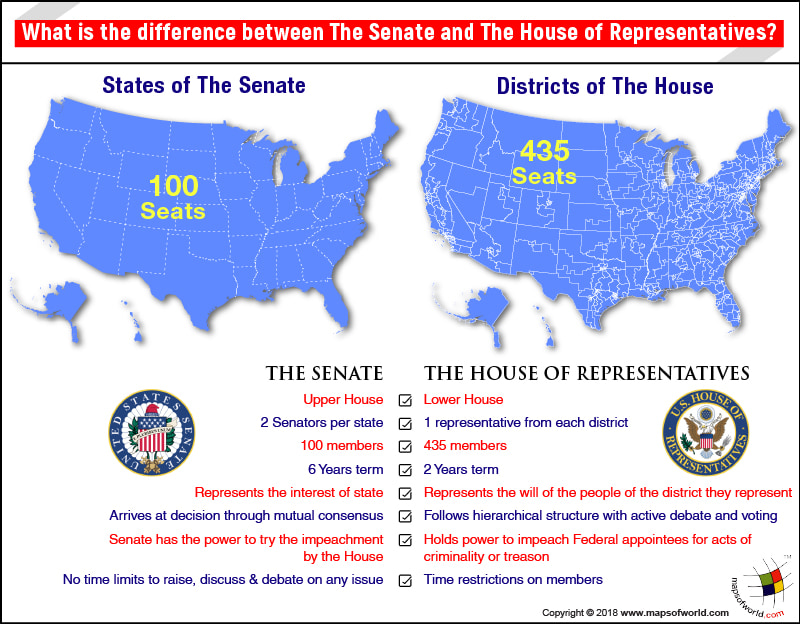
The Majority Leader of the House of Representatives announces bills that will be considered under suspension of the rules in that chamber. Under suspension, floor debate is limited, all floor amendments are prohibited, points of order against the bill are waived, and final passage requires a two-thirds majority vote. Information about all receipts and expenditures of representatives, committees, leadership, and officers of the House. The House’s standing committees have different legislative jurisdictions. Each considers bills and issues and recommends measures for consideration by the House. Committees also have oversight responsibilities to monitor agencies, programs, and activities within their jurisdictions, and in some cases in areas that cut across committee jurisdictions.

Presiding officer
Ken Buck and the exodus from Congress, briefly explained - Vox.com
Ken Buck and the exodus from Congress, briefly explained.
Posted: Wed, 13 Mar 2024 07:00:00 GMT [source]
Both Houses must pass the same version of the bill; if there are differences, they may be resolved by a conference committee, which includes members of both bodies. For the stages through which bills pass in the Senate, see Act of Congress. However, the Constitution states, "All Bills for raising Revenue shall originate in the House of Representatives." Because of the Origination Clause, the Senate cannot initiate bills imposing taxes. This provision barring the Senate from introducing revenue bills is based on the practice of the British Parliament, in which only the House of Commons may originate such measures. Furthermore, congressional tradition holds that the House of Representatives originates appropriation bills. LA City is governed by a Mayor and a 15 person City Council, who are elected from geographic districts depicted in the map below.
Government information
While the minority leader was the head of the minority party, the majority leader remained subordinate to the speaker. The speakership reached its zenith during the term of Republican Joseph Gurney Cannon, from 1903 to 1911. The speaker's powers included chairmanship of the influential Rules Committee and the ability to appoint members of other House committees. However, these powers were curtailed in the "Revolution of 1910" because of the efforts of Democrats and dissatisfied Republicans who opposed Cannon's heavy-handed tactics. The Constitution provides that the House may choose its own speaker.[50] Although not explicitly required by the Constitution, every speaker has been a member of the House.
How many House seats are there?
There are 219 Republicans in the House of Representatives after Santos’ Dec. 1 exit. The embattled representative also faces several federal charges, including money laundering, wire fraud, identity theft, credit card fraud and lying to Congress. A House Ethics Committee report found evidence he broke federal laws and misused campaign funds. The House of Representatives is down one Republican after 311 members voted to expel New York Republican Rep. George Santos. Santos’ time on Capitol Hill was fraught with controversies from day one, with reports that Santos embellished and fabricated parts of his resume and background.
Public Disclosure
It would direct the president to seek repayment from the Ukrainian government of $10 billion in economic assistance, a concept supported by former President Donald J. Trump, who had pushed for any aid to Kyiv to be in the form of a loan. But it also would allow the president to forgive those loans starting in 2026. Minutes before the vote on assistance for Kyiv, Democrats began to wave small Ukrainian flags on the House floor, as hard-right Republicans jeered. The House voted resoundingly on Saturday to approve $95 billion in foreign aid for Ukraine, Israel and Taiwan, as Speaker Mike Johnson put his job on the line to advance the long-stalled aid package by marshaling support from mainstream Republicans and Democrats.
Seats vacated during a term are filled through special elections, unless the vacancy occurs closer to the next general election date than a pre-established deadline. The term of a member chosen in a special election usually begins the next day, or as soon as the results are certified. Under Article I, Section 2 of the Constitution, seats in the House of Representatives are apportioned among the states by population, as determined by the census conducted every ten years. Each state is entitled to at least one representative, however small its population. Regional conflict was most pronounced over the issue of slavery. One example of a provision repeatedly supported by the House but blocked by the Senate was the Wilmot Proviso, which sought to ban slavery in the land gained during the Mexican–American War.

Besides the representative from each state, there are a small number of delegates and a resident commission. There are several important leadership positions in the House of Representatives. The makeup of the Rules Committee has traditionally been weighted in favor of the majority party, and has been in its current configuration of 9 majority and 4 minority members since the late 1970s. The ranking member leads the minority members of the committee. The House will sometimes form a special or select committee for a short time period and specific purpose, frequently an investigation.
Immigration Hard-Liner Files Reveal 40-Year Bid Behind Trump's Census Obsession
It is divided up, as it were, into forty-seven seigniories, in each of which a Standing Committee is the court-baron and its chairman lord-proprietor. These petty barons, some of them not a little powerful, but none of them within the reach of the full powers of rule, may at will exercise almost despotic sway within their own shires, and may sometimes threaten to convulse even the realm itself. During the first half of the 19th century, the House was frequently in conflict with the Senate over regionally divisive issues, including slavery.
Chief Administrative Officer
Republicans held 246 seats compared to Democrats' 186 seats, while three seats were vacant. The Republican Party's majority was slightly reduced in 2016, as Democrats picked up six seats. The U.S. House of Representatives has chosen the winner of a presidential election on two occasions—1800 and 1824.
The Democrats controlled the House from 2019 until 2023 when Republicans overtook their majority in the most recent midterm elections. The United States Congress has two chambers, one called the Senate and the other called the House of Representatives (or “House” for short) which share the responsibilities of the legislative process to create federal statutory law. Their goal was to design a form of government that would keep one person or group of people from having too much power, or unchecked power. As a result, the two chambers are considered equal, even though they have different structures and roles.
Exceptions can result in so-called floor fights—convention votes by delegates, with outcomes that can be hard to predict. Especially if a convention is closely divided, a losing candidate may contend further by meeting the conditions for a primary election. The courts generally do not consider ballot access rules for independent and third party candidates to be additional qualifications for holding office and no federal statutes regulate ballot access.
After a census is taken (in a year ending in 0), the year ending in 2 is the first year in which elections for U.S. House districts are based on that census (with the Congress based on those districts starting its term on the following January 3). As there is no legislation at the federal level mandating one particular system for elections to the House, systems are set at the state level. As of 2022, first-past-the-post or plurality voting is adopted in 46 states, ranked-choice or instant-runoff voting in two states (Alaska and Maine), and two-round system in two states (Georgia and Mississippi). Elected representatives serve a two-year term, with no term limit. The House meets in the south wing of the United States Capitol.
HISTORY.com works with a wide range of writers and editors to create accurate and informative content. All articles are regularly reviewed and updated by the HISTORY.com team. Articles with the “HISTORY.com Editors” byline have been written or edited by the HISTORY.com editors, including Amanda Onion, Missy Sullivan, Matt Mullen and Christian Zapata. Although this process means that only a fraction of proposed legislation actually becomes law, the framers of the Constitution wanted careful deliberation in which diverse views are heard and our rights as citizens are represented and defended. Given the shortcomings of the government created by the Articles of Confederation, the framers soon realized that a bicameral legislature at the national level would foster a more representative central government.
Currently, there are five delegates representing the District of Columbia, the Virgin Islands, Guam, American Samoa, and the Commonwealth of the Northern Mariana Islands. Among other duties, representatives introduce bills and resolutions, offer amendments and serve on committees. The number of representatives with full voting rights is 435, a number set by Public Law 62-5 on August 8, 1911, and in effect since 1913. The number of representatives per state is proportionate to population. The late 19th and early 20th centuries also saw a dramatic increase in the power of the speaker of the House. The rise of the speaker's influence began in the 1890s, during the tenure of Republican Thomas Brackett Reed.

No comments:
Post a Comment